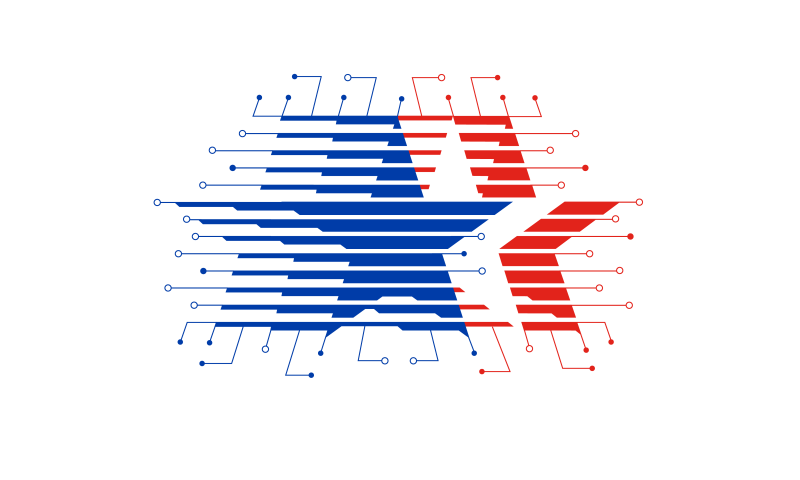On your mark, get set … press send? More than a showcase of the world’s greatest athletes, the 1984 Olympics in Los Angeles saw muscles flex in a different way – through technology and innovation.
Led by its president Peter Ueberroth, the Los Angeles Olympic Organizing Committee’s revolutionary approach to running the Games relied on state-of-the-art technology. In effect, the L.A. Committee created an event that doubled as both a sports competition and a quasi-World’s Fair for the U.S. The result was a resounding economic and cultural success for the host country – at a time when it was desperately needed.
“The success that Ueberroth and the ’84 Olympics produced reinvigorated the international Olympic movement,” said John Naber, a four-time gold medal-winning swimmer in 1976 who served on the L.A. Olympic Organizing Committee in 1984. “It jump-started the new Olympic movement in my mind.”
Unable to view our graphics? Click here to see them.
Given the economic failures of Montreal’s 1976 Olympics and the Moscow Games in 1980, which was boycotted by the U.S. and 66 other countries, the architects of the 1984 Olympics recognized their Games would have to create a new legacy and be something much more than sports.
On the field of competition, L. Jon Wertheim, in his book “Glory Days: The Summer of 1984 and the 90 Days That Changed Sports and Culture Forever” pointed out that before the ‘84 Games, technology was at a premium.
“At Montreal in 1976—the previous Summer Games held in North America—the distances of discus throws were determined with tape measures,” Wertheim wrote. “Boxing scores were tabulated by hand. An army of messengers hand-delivered memos and sheets of information from venue to venue.”
To help create a watershed Olympics, the L.A. Committee used novel contributions from multiple American tech giants – AT&T, IBM and Motorola, among others – to enhance everything from interpersonal communication to news dissemination to results tabulation.
The biggest star of the various technology systems used at the Games was the Electronic Messaging System introduced by AT&T. Though equipped with multiple important functions, its electronic mail feature shined brightest. This early version of email was the first of its kind used at an Olympics.
“We used it quite a bit for the U.S. Olympic Committee,” said Bob Condron, a committee member in 1984. “Alerting people, getting athletes at a time and place where they could do media work and just communicating – it was really the first time we were able to do that other than (with) a telephone.”
Forty years later and now living in a world where the Electronic Messaging System is a distant anachronism, athletes from the Games of the XXIII Olympiad reflect on it with amusement, amnesia or wonder.
“Back then, being able to message like that was like magic,” said Kathy Johnson Clarke, a member of the U.S. women’s gymnastics team in 1984.
In addition to the unprecedented abilities afforded by the Electronic Messaging System, computers courtesy of IBM, pagers courtesy of Motorola and the Olympic Message System, also from IBM, allowed communication at the Games to run smoothly in other ways.
The Olympic Message System, for instance, offered what was then a relatively new technology – voicemail that allowed users to receive and send recorded voice messages. Like the Electronic Messaging System, it was widely used among the many personnel at the Games – and both left indelible marks on American society.
“Those two things – email and voicemail – were the most important in terms of consumers seeing it a few years later, a change in their lives,” said Barry Sanders, the chief outside counsel for the L.A. Olympic Organizing Committee who negotiated the contracts with the tech entities who created them. “And they were introduced at the Games.”
Alicia Garcia, Abigail Hirshbein and Trevor Junt contributed to this report.

